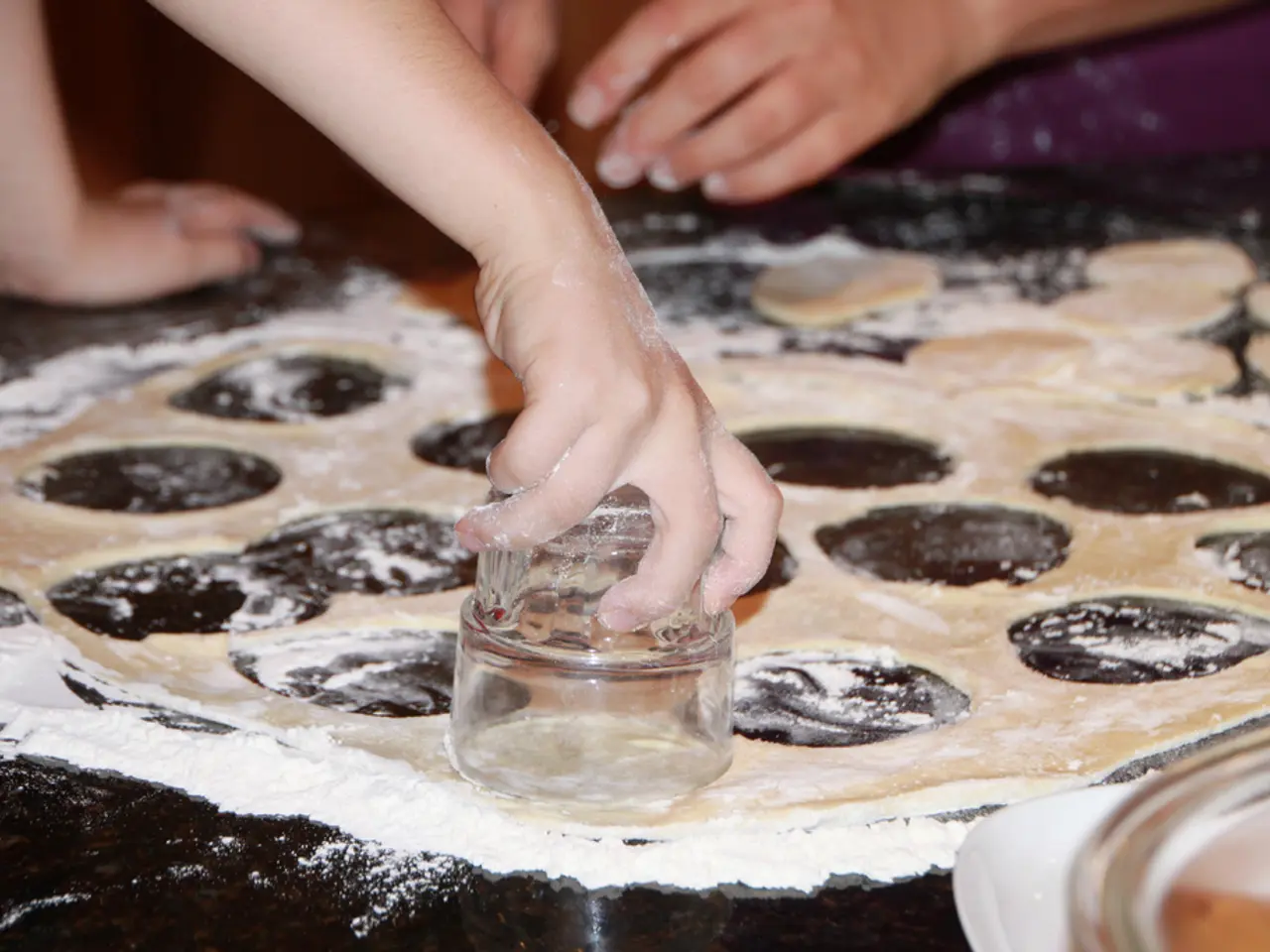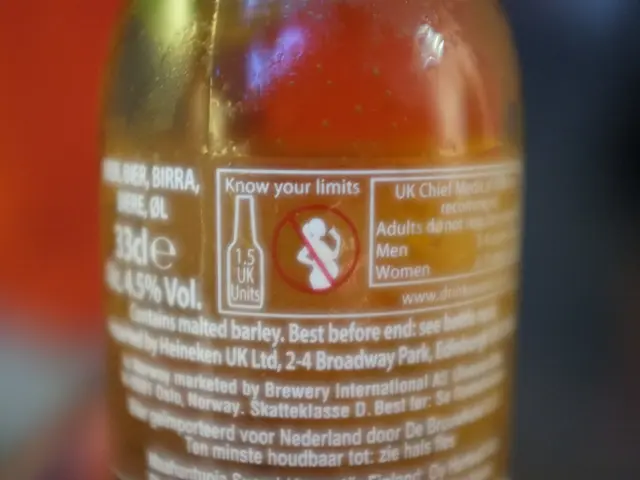Study Challenges SPS Superiority in Processing LLZO for SSLMBs
A study led by Eric Jianfeng Cheng and Hidemi Kato from Tohoku University has shed new light on processing garnet-type oxide Li7La3Zr2O12 (LLZO) for solid-state lithium metal batteries (SSLMBs). The research compares hot pressing (HP) and spark plasma sintering (SPS) methods, challenging the notion of SPS superiority.
Fabricating thin, dense, and defect-free ceramic membranes from LLZO has been challenging, limiting large-scale application of SSLMBs. Traditional high-temperature sintering methods can lead to lithium evaporation, higher production costs, and poor scalability. To address these issues, pressure-assisted sintering techniques like HP and SPS have been explored.
The study conducted at Tohoku University found that both HP and SPS can achieve nearly full densification (~98%) in under five minutes. Neither method showed significant differences in ionic conductivity or microstructure. This dispels the myth of SPS superiority, opening the door to more flexible and cost-effective production strategies for SSLMBs. Either HP or SPS can be selected based on cost, equipment availability, and scalability needs for processing LLZO.
The study by Cheng and Kato demonstrates that HP and SPS are equally effective in processing LLZO for SSLMBs. This finding could significantly impact the production of next-generation batteries, offering more options for manufacturers to consider.
Read also:
- Comprehensive Cancer Care Strategy Encompassed by Siemens Healthineers Entirely
- Fiercely battling for survival, a student hails from Ludwigsburg
- Mystery Disease Kills Thousands of Birds in Kazakhstan, Leaving Farmers in Limbo
- Recipients of 2024 ERC Starting Grants from the National Centre for Scientific Research (CNRS)








